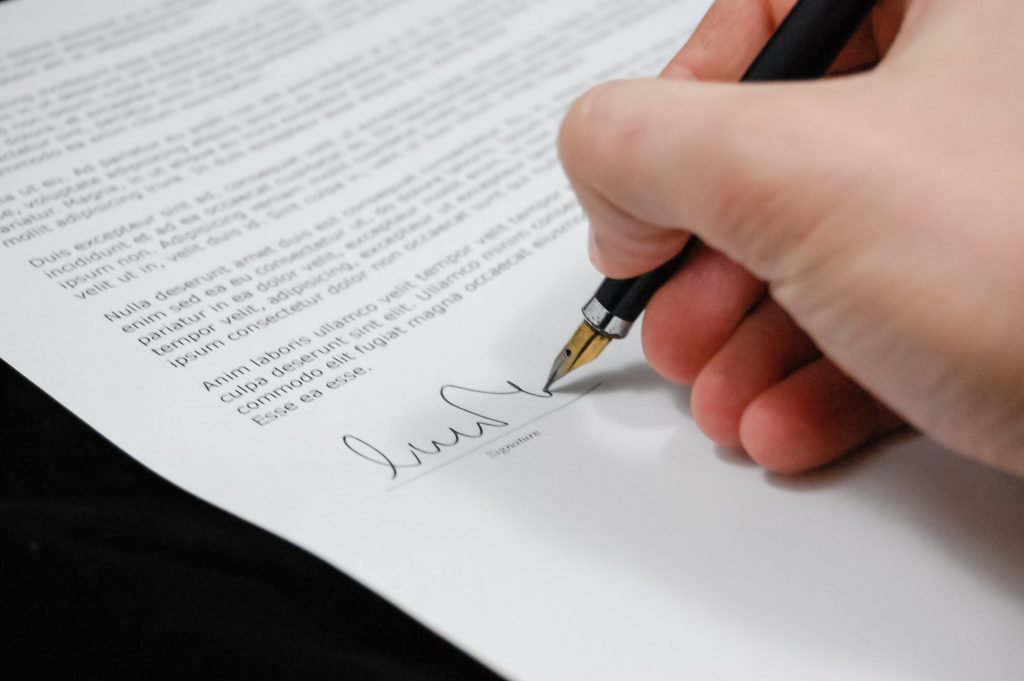
Gone are the days when businesses relied on physical documents when signing contracts or completing any business-related task. Today, most companies have gone paperless because it’s good for the environment and saves on the overall costs. But even as businesses make this shift to a paperless system, the signature has retained its significance.
Whether typing on a smart screen or handwritten, the culture of attaching your name to a document still reigns supreme even with the introduction of various authentication modes. Electronic signatures, famously known as e-signatures, have become fashionable in recent years as more people embrace the current technological advancements. But how much do you know about these features? This article aims to discuss some things you need to know about electronic signatures.
What is an electronic signature?

This feature is used to sign online documents and acts as a replacement for the traditional wet ink signatures. An electronic signature can come in handy when signing finance documentation, legal documents, contractual agreements, and invoices.
The beauty of using electronic signatures is that they resemble your wet ink signature. As such, there is no need to print a copy of an agreement and sign it again. It would, however, be a prudent idea to save these documents in the cloud or on your computer for future reference.
How does an electronic signature work?
Apart from knowing what they are, it’s also important to understand how these electronic signatures work. Of course, they have the same legal strength as wet ink signatures, but how exactly are they published? If you want to learn how to sign a Google Doc or any other online document, this piece is for you.
There are various ways to include a signature in your online document. However, even after doing so, you’ll still need various tools before you can completely move a contract across the line. As such, finding a reputable online contract management service is recommended. Look for one that allows you to add signatory names and signature placeholders, send documents to other parties, and track any changes.
The digital timestamps created after signing the document make it easier for legal teams to follow up on any issues in the future. It also simplifies the audit team’s work in cases where one is needed at a later date. Another advantage of using e-signatures is the fact that they are more secure and efficient than traditional ink signatures.
Types of electronic signatures
Before introducing e-signatures to businesses, it’s vital to understand all the various types currently in use. The three main types include simple electronic signatures (SES), qualified electronic signatures (QES), and advanced electronic signatures (AES).
SES signatures are the simplest of the lot, and there are no identity verification requirements on the part of the signer. As such, any trust put on the signatures is completely the responsibility of the recipient. Both AES and QES, on the other hand, require the signer to verify their identity. Qualified electronic signatures actually have more advanced security measures than AES to ensure further that the legality of the document remains intact.
Is an e-signature the same as a digital signature?

Most people use “e-signature” and “digital signature” phrases interchangeably. But do they mean the same thing? Well, the answer is no. They are two different innovations, and it’s important to note the distinguishing features, especially if you’re looking to invest in them in the future.
The first difference between these two technologies is that e-signatures are used to verify documents, while digital signatures are used for security purposes. Because of these primary objectives, digital signatures are designed with more security features than electronic ones. As such, you can’t really rely on the latter to secure your document and any other crucial data therein.
It’s worth noting that digital signatures can capture IP addresses, time, dates, and other important details required to confirm e-signatures. In addition, they keep a record of any changes made to the document after the owner signed it.
Keep in mind that your state’s certification authority regulates digital signature. Their electronic counterparts are also legally binding, but there needs to be proof of the signer’s intent to accept the agreement. The signer can accomplish this by drawing their signature on a smart screen.
Conclusion
Thanks to the ever-advancing technology, electronic signatures have become very popular in recent years. They’re the digital versions of wet ink signatures used to sign online legal documents. Simple electronic signatures, advanced electronic signatures, and qualified electronic signatures are the three types of e-signatures. The main distinguishing factor between them is the strictness of identity verification.
It’s worth noting that these features are different from digital signatures, although they work together to accomplish the purpose.




